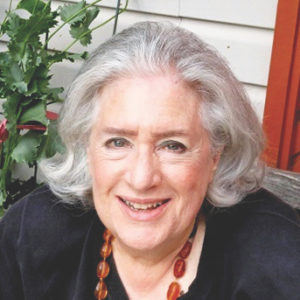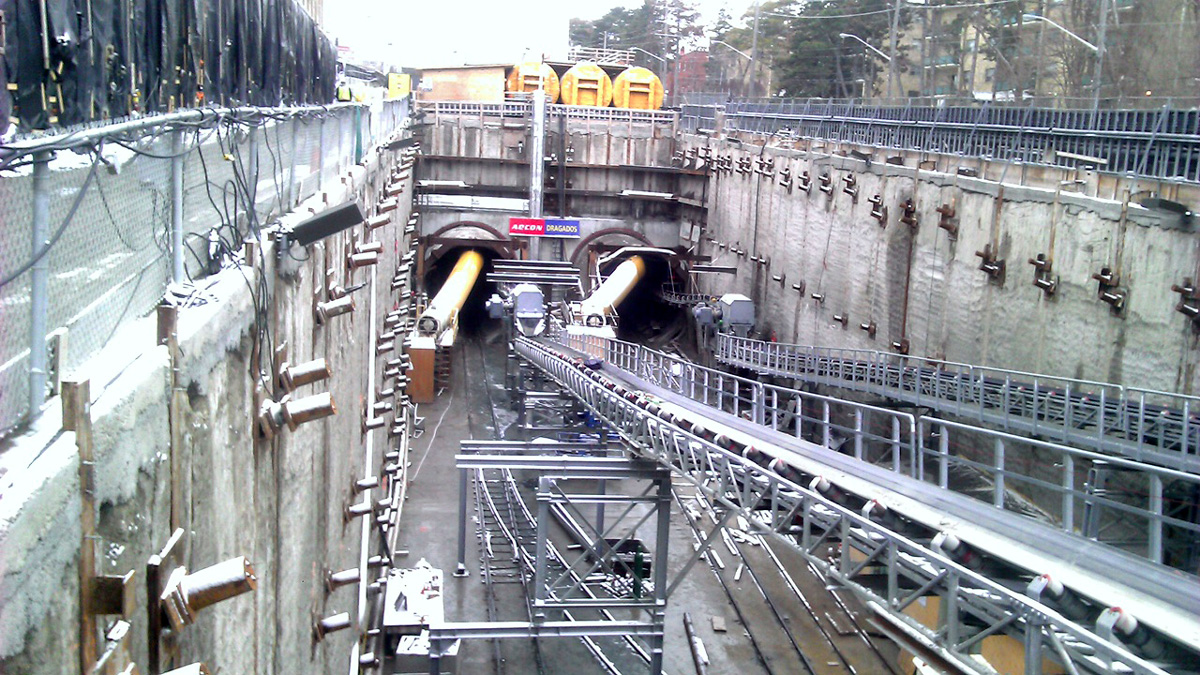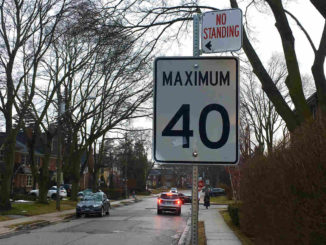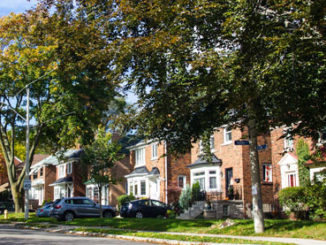
As a Leasider I found the recent media controversy about “NIMBY” vs “YIMBY” in Toronto quite disturbing. Much of the media coverage seemed intent on pitting homeowners and established communities against those facing a genuine need for housing. There was more than a whiff of resentment toward people who already own their homes and value their neighbourhoods’ character and amenities, particularly in wealthier areas.
There is a larger picture than the development opposed by Margaret Atwood and others in the Annex which provoked the media controversy. In Leaside we have a long history of opposing proposed developments, mainly high rise complexes with potentially heavy impact on our streets, schools, and infrastructure. The planning process looks at each development proposal in isolation, regardless of the combined or overall effect of overdevelopment. Zoning bylaws are there for a reason. But all too often they are treated as “the opening offer in negotiations,” to quote one recent column.
It’s not as simple as saying it is residents who want no change (NIMBY), versus those saying “come on in” to developers (YIMBY). There is such a thing as good planning, which considers each individual location, and looks at ways of minimizing or preventing negative impacts. It’s not fair to say that Leaside homeowners only act out of self-interest when they oppose a development which is too dense, high, or close.
Leasiders are not opposed to creating more housing stock. We know Toronto’s Official Plan calls for more intensification. But let it be the right amount, in the right locations, where it can benefit the City, not be a blot on the landscape.
Now and again the LPOA is criticized for having supported Metrolinx’s installing an LRT stop or station at the intersection of Leslie and Eglinton, during the transit route’s planning stages in 2013. The alternative would have been to build no station or stop at all between Laird Dr. and Don Mills Rd.
Criticism centres on an assumption that the decision to build a Leslie/Eglinton stop has encouraged more development along Leslie, particularly near the old Inn on the Park, with consequent through-traffic increases in Leaside.
I noted the argument again in Councillor Jon Burnside’s recent newsletter, and thought I’d comment.
Even before the Metrolinx decision, Leslie St. properties were being purchased with development in mind (and as we know, the Official Plan calls for more density along transit routes in general, not just near stations). So there would have been condo building on Leslie regardless.
But the real issue was what would have happened if there were no Leslie stop/station, with the LRT remaining underground all the way between Laird and Don Mills.
This is what Metrolinx and the TTC planned: the Laird/Eglinton intersection was to be turned into what they called a “street-level transportation hub.”
TTC bus routes on Leslie would deliver their LRT-bound passengers onto the sidewalks at Laird and Eglinton. Passengers would then enter the Laird station. Southbound buses would continue along Laird to the Danforth, or short-turn to return to Leslie. Northbound routes on Laird would continue north onto Leslie, or short-turn at Laird to return to the Danforth. Officials conceded there would have to be some expropriation of property to allow this.
Without a Leslie link to the LRT on Eglinton, there would be constant street-level congestion from transferring riders and bus activity at Laird. In addition, planners projected increases in car traffic from both Don Mills and farther north Leslie commuters, as more people drove (many likely using Leaside streets).
Not a desirable outcome.
A quick word about the LPOA’s Traffic Study. We are planning a public meeting in the late fall to present a detailed traffic calming design for all Leaside, based on your survey comments and our traffic consultant’s analysis. Stay tuned for details.
Our next LPOA board meeting is on Wed. Oct 4th, 7:30 p.m. in the Noble Room at Trace Manes. These meetings are always open to the public, and take place on the first Wednesday of each month. We invite you to attend, whether for help or advice on local matters, or just to hear more about what’s happening in our community.





